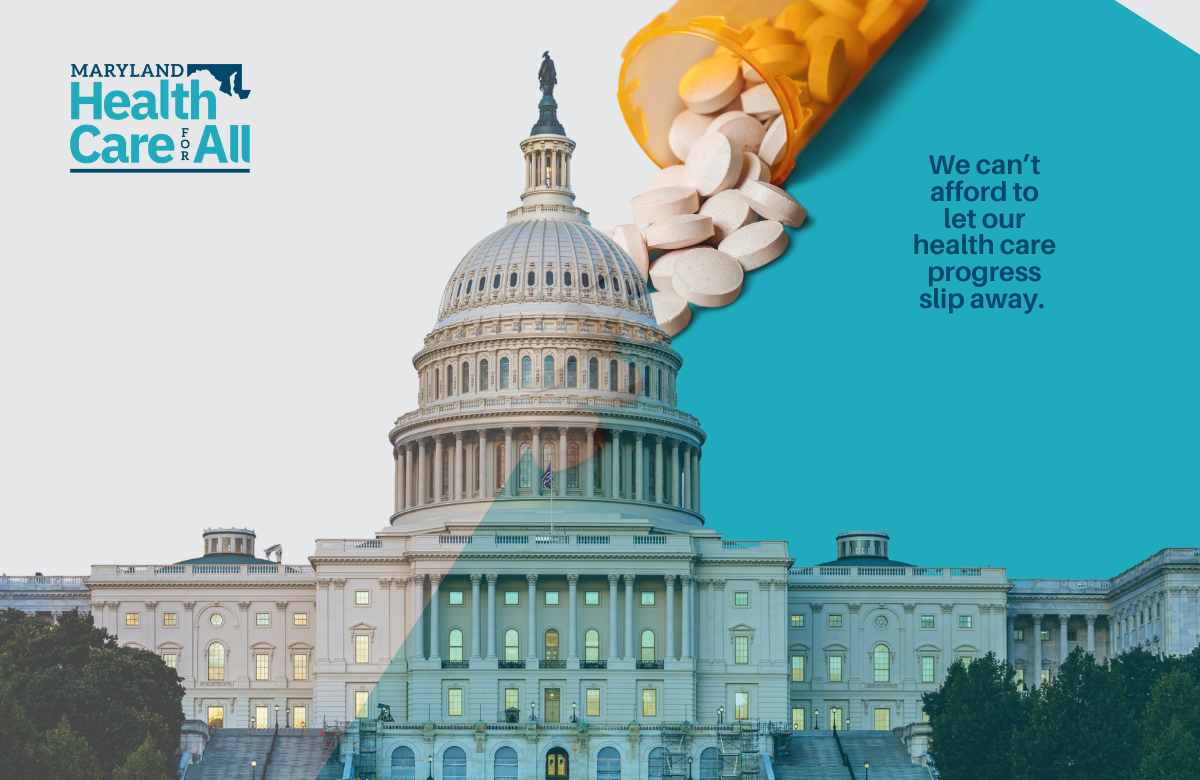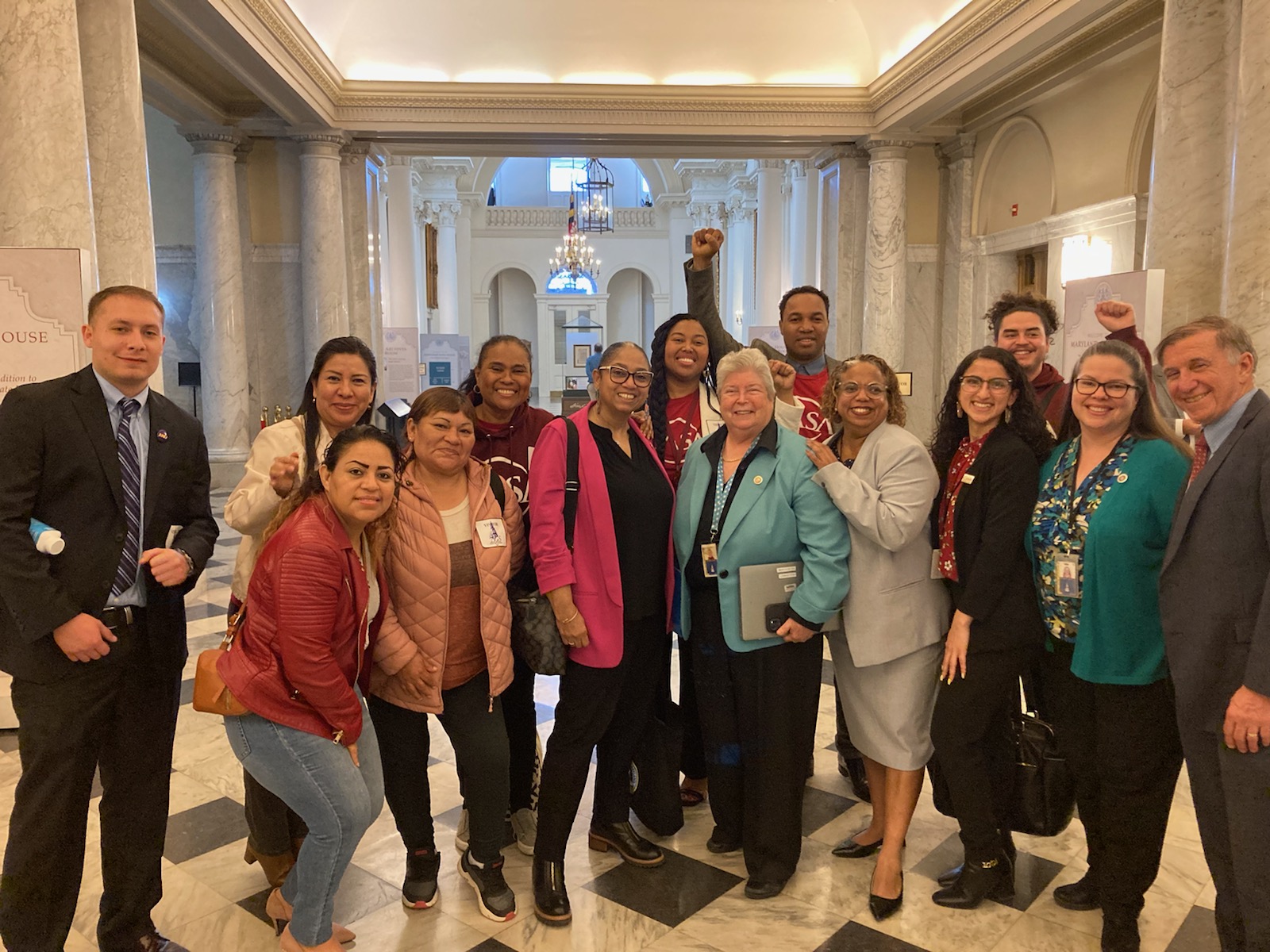Baltimore Business Journal
July 30, 2018
By Morgan Eichensehr
Fearing the effects of another year of markedly high rate increases for Maryland’s individual market health insurance plans, consumers implored state officials to ignore premium rate increase requests and consider new laws that could help stabilize the Obamacare marketplace.
Beth Sammis, president of Consumer Health First, encouraged Maryland regulators to weigh the benefits of enacting Maryland laws that would require all residents purchase health insurance, and allow some consumers the option to buy into low-cost Medicaid insurance plans. These options, she said, may help to stabilize the individual health insurance market that has become increasingly more expensive and less stable over the past four years.
Sammis offered the suggestions on behalf of her health care consumer advocacy group during a public hearing Monday on insurance premium rates proposed for 2019.
Another consumer advocacy group, Maryland Citizens’ Health Initiative, also voiced support for a state-based individual mandate, suggesting Maryland should levy fees in order to make sure residents are purchasing health insurance. The Trump administration has said it would not enforce a mandate at the federal level, arguing the ACA is an inherently flawed program, while slashing several funding provisions that support the health care law.
Maryland is among several states across the country that have struggled to salvage ACA marketplaces, in the absence of federal fixes. The state’s individual market has seen enrollment decrease in recent years, as premium prices have gone up and some consumers have decided that individual health coverage is too cost prohibitive. And as more and more healthy individuals have left the market, the sickest and most costly consumers have been left behind, causing greater market instability.
Monday’s hearing came as insurance carriers and regulators have been throwing their support behind a plan aimed at curtailing some of the large premium increases proposed for 2019, following four years of double-digit percentage hikes in the individual market. The two lone insurers operating in Maryland’s Affordable Care Act-born individual market — CareFirst BlueCross Blue Shield and Kaiser Permanente — have requested premium increases of 30 percent, on average, for 2019. Last year, individual plans saw between 43 percent and 67 percent average increases.
Maryland Insurance Commissioner Al Redmer and other industry stakeholders have long worried that without some kind of stabilizing action from the federal government, Maryland’s ACA marketplace could implode. Maryland legislators opted to take the matter into their own hands this year, by passing bills calling for the establishment of the reinsurance program.
The proposed rates were filed by insurers in May. CareFirst has requested an 18 percent increase for its HMO plan, while Kaiser is seeking a 37.4 percent hike for its HMO plan. CareFirst has requested a 91 percent increase to its PPO plan.
Todd Switzer, chief actuary at the Maryland Insurance Administration, said the proposed increases could push premiums for a family of four with a household income of $100,000 or more, to about $19,000 per month. That would be about 28 percent of the family’s after-tax income, he said.
Switzer said the administration, as well as a team of independent actuaries, are continuing to review proposed 2019 premium rates and question insurance carriers to ensure the finalized rates are as reasonable as possible, based on expected financial needs. Premium rates must be finalized before open enrollment for 2019 begins in November.
Industry officials are “cautiously optimistic” the insurance hikes would ultimately be much lower than CareFirst and Kaiser have projected, pending a decision from the federal government on whether Maryland will be allowed to implement a reinsurance program to help stabilize the individual market.
The Maryland Health Benefit Exchange, which operates Maryland’s ACA marketplace, has applied for a federal “innovation waiver” under Section 1332 of the ACA, which would allow the state to forego certain federal rules and experiment with a reinsurance program to try and stabilize its volatile insurance markets. Reinsurance essentially allows insurance carriers to buy their own insurance to help mitigate risk.
The exchange has said the program could save individual market consumers up to an estimated 30 percent on their premiums in 2019. Maryland is hoping to hear a decision on the 1332 proposal from federal officials by the end of August, so any resulting rate decreases may be incorporated into 2019 premium rates before open enrollment begins in November.
Maryland Insurance Commissioner Al Redmer said he hopes the 1332 waiver is approved and consumers can be spared another round of price spikes.
“We’ve seen a trend of adverse selection in the market, where prices get to a point where people take the risk and decide not to buy insurance. And the risk pools keep getting smaller,” he said. “At this point, I pretty much view any increase at all as devastating in the market.”
If a reinsurance program is approved, CareFirst and Kaiser would be asked to refile their rate requests based on expected reinsurance savings. But it would not be a permanent solution, Redmer said. He said he isn’t surprised consumers are calling on Maryland lawmakers to make adjustments to how the ACA works at a state level.
“Hopefully it will give us a year or so of more stability,” Redmer said. “But for ACA to work, in my opinion, it has to either get fixed at the federal level, or states have to be allowed enough flexibility so we can fix it on our own.”
Last modified: August 3, 2018



